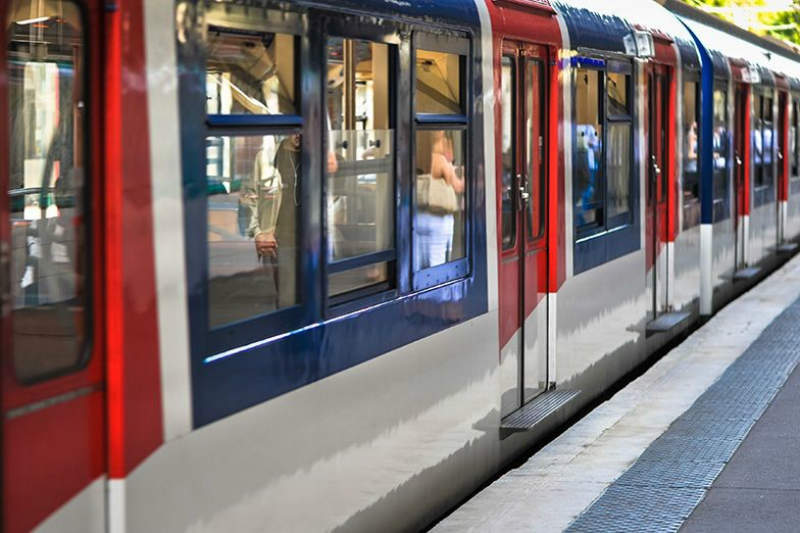
Peer behind the curtain and see how OEM Technology Solutions is building the innovative systems of tomorrow in today’s trains.
We live in a world of technological marvels. I can step onto an aeroplane and be whisked to the opposite side of the globe inside of a day, or talk with a friend in Italy, instantly and at any time. The largest library of knowledge in existence is available to me at any moment, in a device that fits in the palm of my hand.
And we take it all for granted.
The little wonders that surround us everyday just blend into the background. When everything just works, it’s easy not to think about the complex systems running behind the scenes that make the magic happen. So, when an eight-car train rolls up to a smaller station and only the doors that are adjacent to the platform open, passengers don’t bat an eye. They step out and move on with their day, quite oblivious to the impressive feat of engineering they just witnessed.
The example above is actually a surprisingly common problem. As cities sprawl outwards they begin to encompass what was once semi-rural territory. Rail operators then extend the length of their trains to accommodate the additional influx of passengers but, as is so often the case, infrastructure lags behind and the platform remains too small to fit all of the train’s carriages. This leads to a situation where some carriage doors open into the empty air, potentially depositing inattentive passengers onto the tracks.
Obviously, this was a serious safety hazard, but there was no simple solution. Certainly, in NSW, the vast majority of trains servicing these kinds of routes are well over 20 years into their lifespan and were not built with a modern train control management system. As a result, the problem persisted for years, until OEM was called upon to solve the problem.
Every carriage was fitted with two wireless transmitters, one at either end. This linked each car with the next, creating a Wi-Fi backbone that ran the length of the train. A PC3 programmable controller fitted with a GPS antenna was inserted into every car as well, tracking the position of each link in the chain. This information was then compared with pre-existing geo-fences established at each station.
The end result was that if a carriage was positioned outside of a platform’s geo-fence, a signal would be sent down the Wi-Fi backbone to block the door opening signal, keeping that car’s doors shut.
OEM Technology Solutions delivered an innovative hardware and software solution. The average passenger may never know the ingenuity that went into ensuring they could safely depart their train. But that’s the point: Thanks to OEM, they can trust that whenever they step out of a train, there will always be a platform there to catch them.
